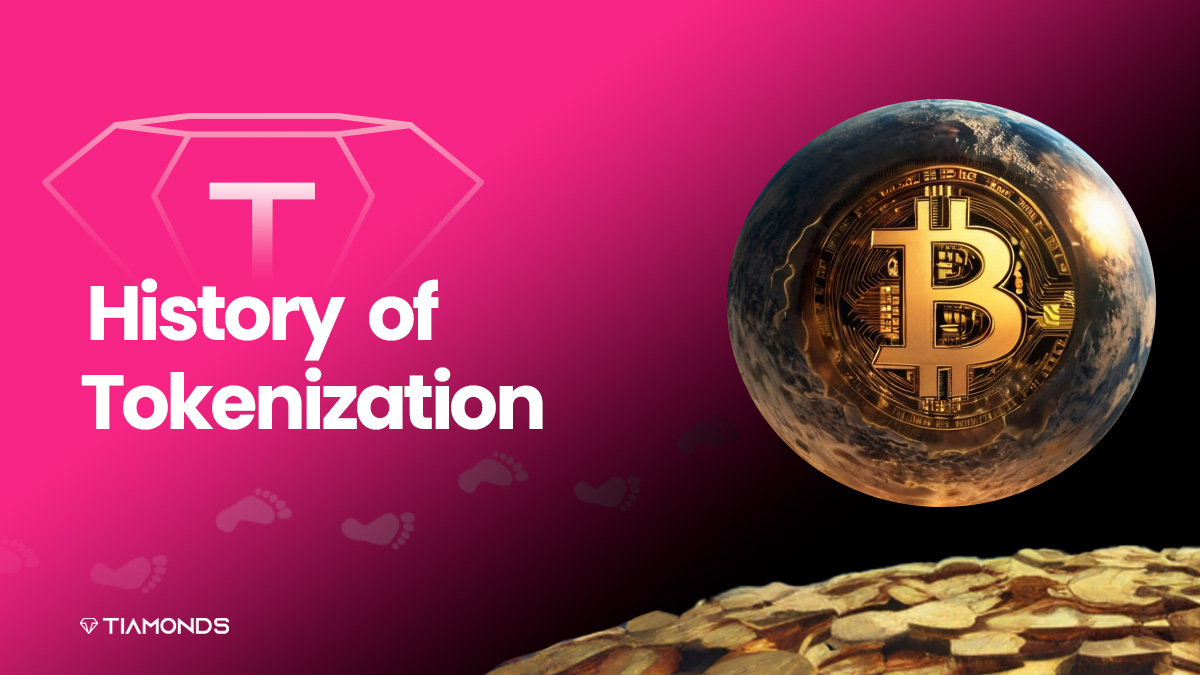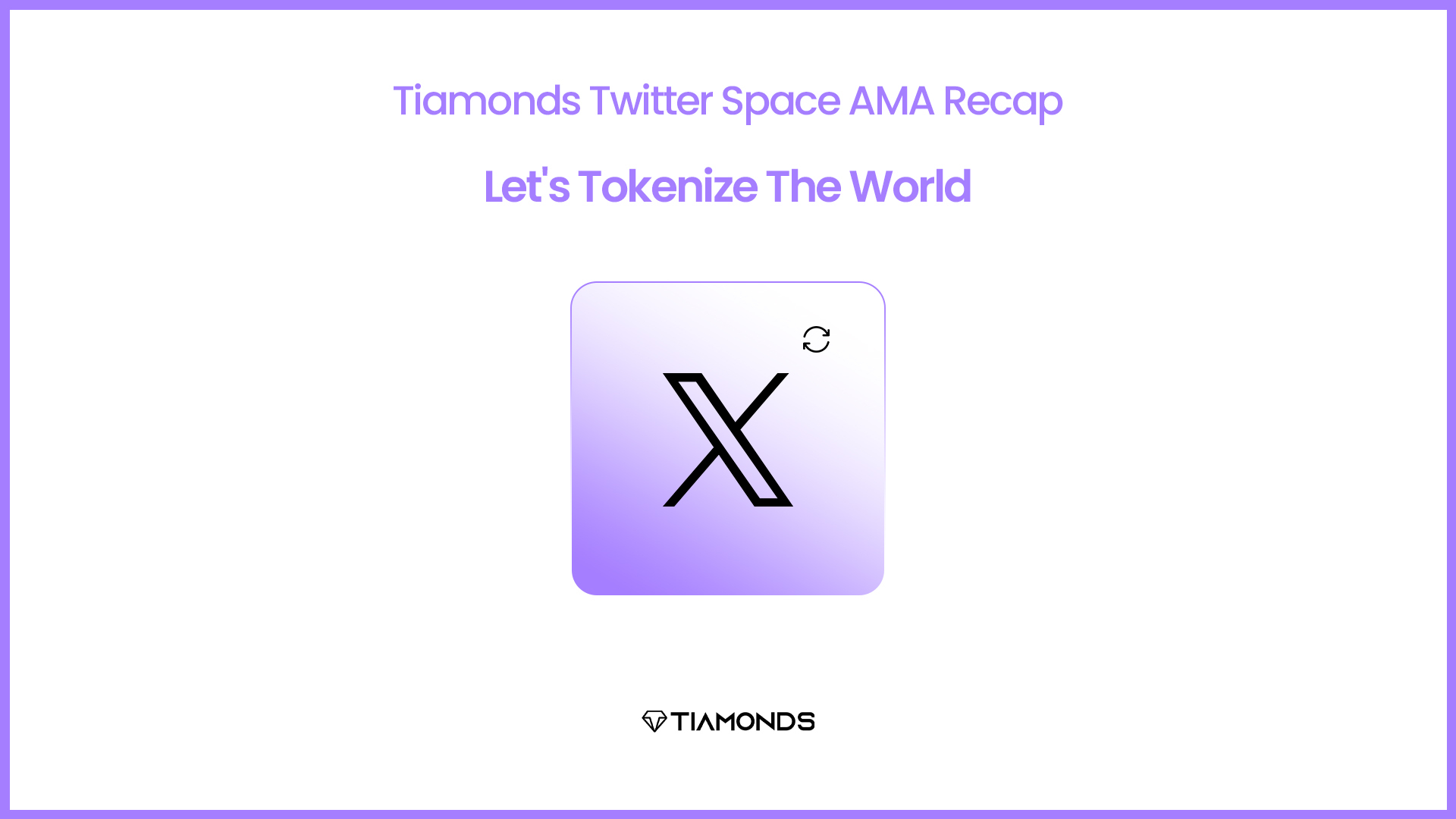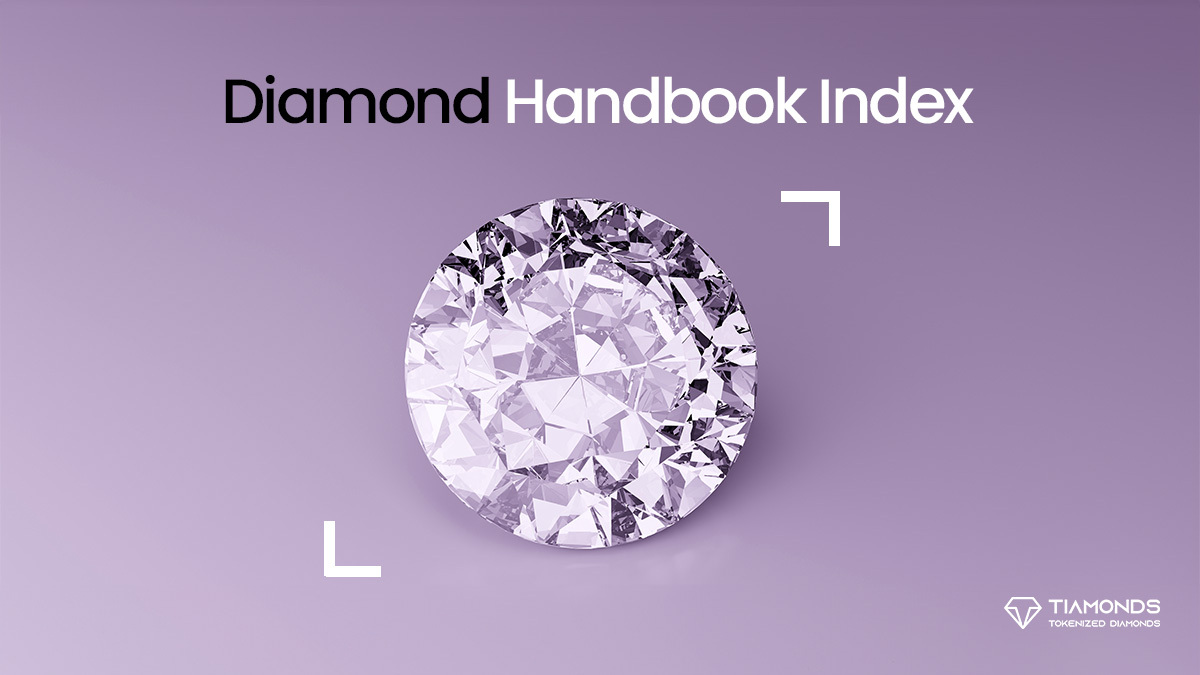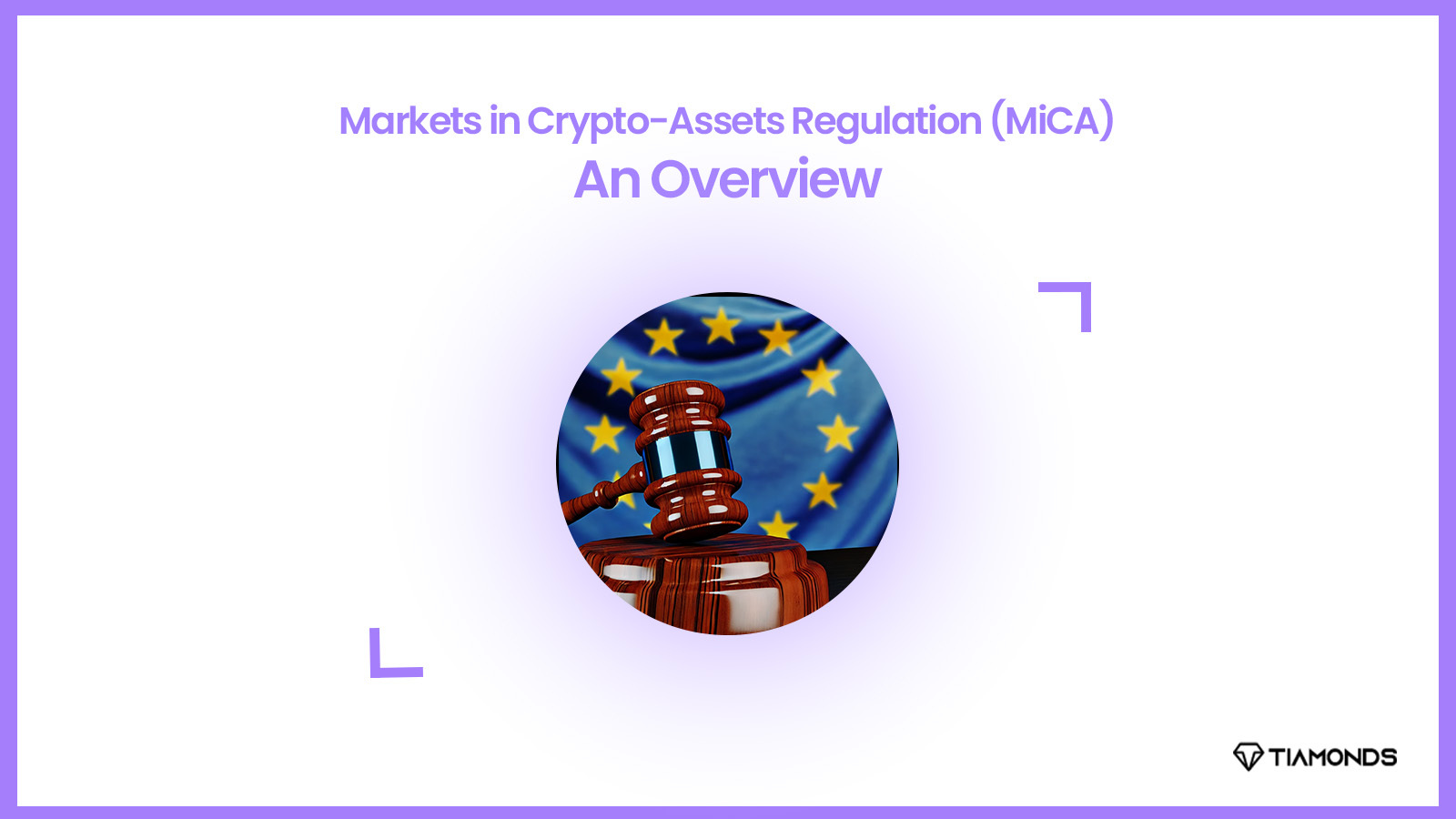The concept of tokenizing tangible assets remains a global phenomenon. Having acquired real estate worth more than $3 billion, this phenomenon is only gaining momentum. Analysts estimate that by 2030, tokenization will affect economic activity worth more than $16 trillion.
Prominent investment firms such as BNY Mellon, JP Morgan, and BlackRock have already begun to promote tokenization initiatives. Acknowledging the potential for enhanced payment and settlement processes. However, the potential of tokenized investments to democratize finance and provide wider investment opportunities to the general public via “fractionalized” investing in worldwide possibilities is much greater. The history of tokenization explains how this innovation became mainstream in no time.
History of Tokenization
Basic Framework
Tokenization is the process of converting asset rights into digital tokens. This typically entails using a blockchain for the data storage and processing of data. Tokenization facilitates real-time settlements, the simple ability to be transferred, and fractional ownership. It breaks down traditional high-barrier-to-entry assets like commodities, real estate, and art into smaller, more accessible shares. Tokenization can be utilized in multi-party international transfers to guarantee ledger uniformity between participants and state finality. Utilizing a blockchain for the storage and processing of data democratizes access, increases participation in the global economy. It enhances supply chain operations and manufacturing in unexpected ways.
Already, players in the world’s supply chain have implemented blockchain tokenization in order to better control their stock and connections. These methodologies typically build upon pre-existing digital management systems to streamline and simplify the transition to tokenized tangible assets. The volume of commodities undergoing tokenization continues to rise as the technical, functional. While legal processes associated with tokenizing tangible assets become more cohesive and well-defined.
History of Tokenization Prior to the Blockchain (1990s)
Until now, numerous digital representations of physical assets have existed, with a significant number of them predating blockchain technology. Real estate and commodity exchange-traded funds (ETFs) and Real Estate Investment Trusts (REITs) are the most well-known tokenized asset vehicles, respectively. The history of tokenization has made these well-known financial instruments easily comprehensible and revolutionized asset classes. These were previously restricted in physical form, turning them into extensively investable and digital sectors of the economy.
E-gold’s digitization of gold through the use of redeemable certificates was one of the first attempts to tokenize a tangible good for retail markets. Despite E-Gold’s limited success on a large scale, the topic of tokenizing commodities for the retail market remains a significant area of concern in numerous industries. Tokenized assets remain a preferred choice among participants in global supply chains owing to the increased efficiency and accessibility they afford.
Prior to the blockchain, tokenization involved almost exclusively financial instruments. The successes of ETFs and REITs serve as evidence that digitizing transactional channels can significantly increase accessibility and liquidity. Nevertheless, in the absence of distributed computing and standardized consensus, tokenization for database management is inherently dependent on a third party. The aforementioned constraint restricted the history of tokenization process’s practical implementation until the early 2010s, when decentralized blockchains emerged.
Introduction to Blockchain (2010s)
For a variety of reasons, the introduction of public blockchains caused a significant surge in asset tokenization.
They enable individuals to engage in verifiable and trustworthy transactions directly, bypassing the need for complex and frequently expensive intermediaries. This access greatly benefits the long-tail portion of the population as a whole and contributes to the overall fairness of markets. This has contributed to the widespread proliferation of cryptocurrencies in international remittance markets.
Public blockchains enable third-party records of accounts that are immutable and mutually verifiable. This reporting dependability is critical for all tangible assets and significantly reduces tokenization implementation expenses linked to tokenization. This benefit supports present-day tokenization initiatives.
Initial endeavors to tokenize tangible assets on the Bitcoin blockchain through programs such as Mastercoin and Colored Coins ultimately encountered obstacles. Although these approaches were innovative, they failed to meet the standards of enterprise requirements and retail market interest.
The introduction of Ethereum facilitated the proliferation of smart contract-based tokenization for more complex assets. Regulatory obstacles and technological constraints impeded the progress of initial endeavors built upon Ethereum aimed at decentralizing financial instruments such as investment funds.
Presently, the future of tokenized tangible assets is beginning to take shape. These and other early innovations and milestones have established the foundation for the widespread tokenization of tangible assets in the real world. They persistently act as catalysts for the evolution of regulations and the refinement of technologies within the sector. Thereby creating opportunities for further innovations and applications.
Improvements in Tokenizing Real-World
Flexibility of Smart Contract Programming
In essence, smart contracts have revolutionized the tokenization domain. In 2015, the launch of Ethereum madSmart contracts, which computer scientist Nick Szabo first proposed in 1994, became accessible to the general public in 2015 with the launch of Ethereum. gained extensive mainstream adoption. These self-executing agreements, written as lines of code, enable the verification, transfer, and management of asset ownership without the need for intermediaries. This automation has laid the critical foundation for tokenizing tangible assets and has begun to eliminate frictions in traditional asset management. Smart contracts currently manage almost all tokenized tangible assets.
Enhancements to Standardization and Interoperability
Since its introduction by Ethereum, the ERC-20 token standard has quickly become widely accepted as the “universal language” for tokens. Additional standards have surfaced since its inception to address a variety of asset classes and functionalities. ERC-1400 and ERC-721 are standards for non-fungible tokens, while ERC-1155 is designed specifically for tokenized securities. The proliferation of distinct token standards has played a pivotal role in facilitating the smooth transition between various platforms and services and ensuring interoperability. The implementation of this standardization has improved the liquidity of assets. Interoperable tokens, including those representing tangible assets, can transmit and trade across multiple platforms more easily. Expanding their market penetration and attractiveness.
Compliance and Regulation
Gradually, transparent regulatory frameworks have begun to influence the tokenization process in the real world. The Securities and Exchange Commission (SEC) has been instrumental in establishing regulatory standards for subsequent endeavors by pursuing actions against non-compliant projects in the United States. As a result, the regulatory environment has become more transparent. A lack of conclusive regulatory clarity. However, has resulted in an outflow of transaction volume from jurisdictions other than the United States. Tokenization-based turnkey securitization has the capacity to reverse this trend.
The Markets in Crypto-Assets Regulation (MiCA) and the Markets in Financial Instruments Directive II (MiFID II) have imposed rigorous standards for investor protection and transparency in Europe. Regulatory milestones have enabled institutional investors and a wider audience in Europe to confidently tokenize tangible assets.
China has thus far been at the forefront of advocating for tokenized physical assets in the Asia-Pacific area. The Chinese government prohibits cryptocurrency usage, but actively investigates the history of tokenization of physical assets for purposes such as efficiency in supply chains and cross-border transactions. Sovereign notes tokenized in Hong Kong are one example of how China’s strategy has created new prospects for asset tokenization within a regulated framework. As the environment evolves, the nation continues to pave the way for tokenization of the entire integrated supply chain as the environment evolves.
Tokenization in 2023
The notion and implementation of asset tokenization entail transferring conventional assets to the blockchain (on-chain) as a subsequent stage in the encapsulation of financial products. As the public financial markets as a whole shifted from individual equities and bonds to mutual funds to exchange-traded funds (ETFs) in search of greater portfolio management precision and efficiency, blockchain-based securities hold great promise as the next wrapper for both the public and private markets.
The principal themes pertaining to digital assets remained relatively consistent throughout the entirety of 2023, encompassing both retail and institutional sectors. Investment banking activity resumed in 2023, where it had concluded in 2022. ABN AMRO, Goldman Sachs, UBS, and HSBC were among the financial institutions that actively issued digital bonds during this period.
Perhaps more relevant to advisors are developments on the private equity and private credit sides and the money market and Treasury fund sides; these are two completely distinct investment profiles, yet they comprise two symbiotic cohorts. The aggregate AUM of tokenized money markets and bonds has now exceeded $650 million, functioning as a low-risk vehicle that generates yields while storing money in a digital system.
The short-term goal is to completely on-chain convert stablecoin and crypto holders to tangible, traditional investment products. As the ecosystem continues to become increasingly digital, the security token and tokenized asset secondary markets, which collectively value $15 billion across real estate, pre-IPO shares, investment funds, and other asset classes, provide ample space for development.
To Conclude
Going back to the history of tokenization to the present day, these real-world assets have experienced a succession of lackluster successes and unanticipated setbacks. Every incremental stride has played a crucial role in molding the present topography. Although the journey has been arduous, these obstacles have provided invaluable insight into the future of tokenized tangible assets. The increasing size and sophistication of the tokenization ecosystem serve as evidence of its tenacity and resourcefulness.
Beyond digital assets, additional entities are capable of tokenization. Consider the possibility of tokenizing tangible assets such as real estate, exquisite art, precious metals, and even premium whiskey. Decades into the near future, tokenization may enable developers to introduce a universe of products, services, and decentralized applications (DApps) that fundamentally transform the way individuals go about their daily activities. Voting applications are merely the proverbial iceberg.




